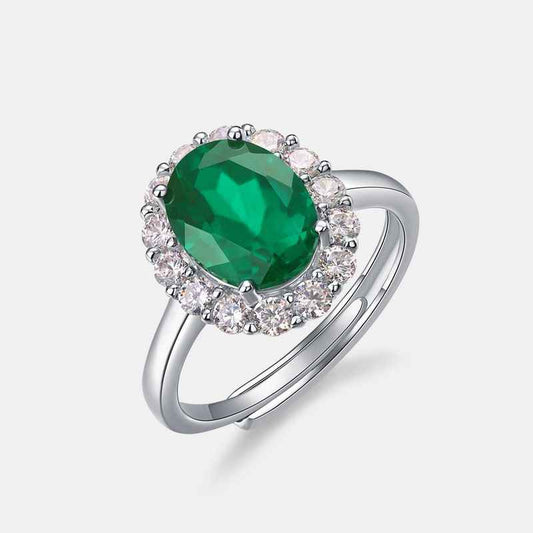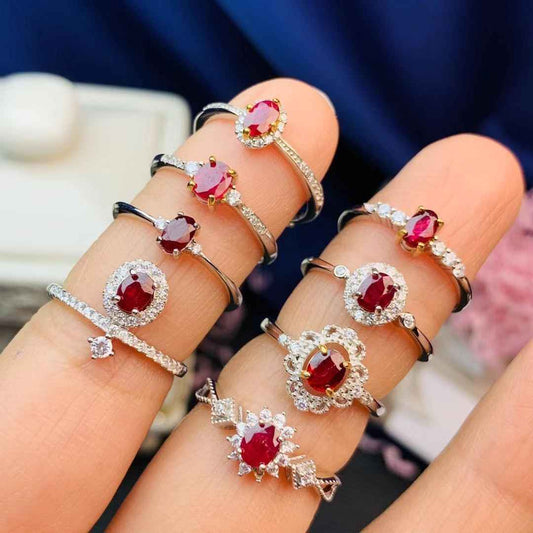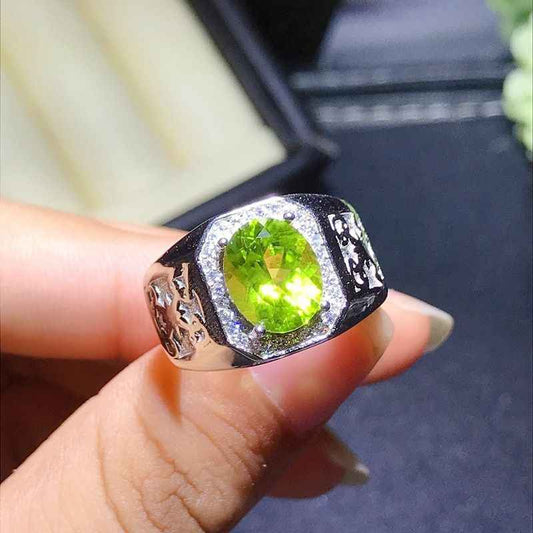Classification of Birthstones
Share
- Traditional Birthstones
- Modern Birthstones
- Alternative Birthstones
- Birthstones by Month

Traditional Birthstones
Traditional birthstones have been associated with each month for centuries, often based on historical, cultural, and religious beliefs. These stones were believed to offer specific benefits and protection to the wearer. The list of traditional birthstones varies slightly by culture but generally includes the following:
- January: Garnet
- February: Amethyst
- March: Bloodstone
- April: Diamond
- May: Emerald
- June: Pearl
- July: Ruby
- August: Sardonyx
- September: Sapphire
- October: Opal
- November: Topaz
- December: Turquoise
Modern Birthstones
In 1912, the American National Retail Jewelers Association (now known as Jewelers of America) standardized a list of modern birthstones to ensure consistency and help jewelers market and sell these gemstones. This list has been updated occasionally to include new stones and reflect changes in market demand and preferences. The modern list includes:
- January: Garnet
- February: Amethyst
- March: Aquamarine
- April: Diamond
- May: Emerald
- June: Pearl, Moonstone, Alexandrite
- July: Ruby
- August: Peridot, Sardonyx, Spinel
- September: Sapphire
- October: Opal, Tourmaline
- November: Topaz, Citrine
- December: Turquoise, Zircon, Tanzanite
Alternative Birthstones
Alternative birthstones provide additional options for those looking for a gemstone that suits their taste, budget, or personal beliefs better than the traditional or modern birthstones. These alternatives are often selected based on their availability, affordability, or specific attributes they are believed to impart. Some alternative birthstones include:
- January: Rose Quartz
- February: Onyx
- March: Jade
- April: White Sapphire
- May: Chrysoprase
- June: Moonstone
- July: Carnelian
- August: Sardonyx
- September: Lapis Lazuli
- October: Pink Tourmaline
- November: Blue Topaz
- December: Blue Zircon
Birthstones by Month
Each month has one or more birthstones associated with it. These gemstones are chosen based on their historical significance, beauty, and believed properties. Here is a detailed list of birthstones by month, including traditional, modern, and alternative options:
-
January:
- Traditional: Garnet
- Modern: Garnet
- Alternative: Rose Quartz
-
February:
- Traditional: Amethyst
- Modern: Amethyst
- Alternative: Onyx
-
March:
- Traditional: Bloodstone
- Modern: Aquamarine
- Alternative: Jade
-
April:
- Traditional: Diamond
- Modern: Diamond
- Alternative: White Sapphire
-
May:
- Traditional: Emerald
- Modern: Emerald
- Alternative: Chrysoprase
-
June:
- Traditional: Pearl
- Modern: Pearl, Moonstone, Alexandrite
- Alternative: Moonstone
-
July:
- Traditional: Ruby
- Modern: Ruby
- Alternative: Carnelian
-
August:
- Traditional: Sardonyx
- Modern: Peridot, Sardonyx, Spinel
- Alternative: Sardonyx
-
September:
- Traditional: Sapphire
- Modern: Sapphire
- Alternative: Lapis Lazuli
-
October:
- Traditional: Opal
- Modern: Opal, Tourmaline
- Alternative: Pink Tourmaline
-
November:
- Traditional: Topaz
- Modern: Topaz, Citrine
- Alternative: Blue Topaz
-
December:
- Traditional: Turquoise
- Modern: Turquoise, Zircon, Tanzanite
- Alternative: Blue Zircon
By understanding the different classifications of birthstones, individuals can choose the gemstone that best suits their personal style, beliefs, and needs. Whether following traditional practices, embracing modern updates, or exploring alternative options, birthstones continue to hold a special place in jewelry and cultural traditions.





